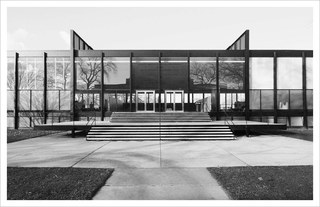Structural Design II
The courses Structural Design I and II explain the fundamentals of how structures function. These courses put great emphasis on studying the relationship between the form of a structure and the internal forces within it by means of graphic statics.
Trusses
In this exercise, the statical determinacy of trusses is investigated.
Trusses
Trusses are based on the creation of triangular bar-node networks, i.e. the hinged connection of two bars, which form a stable triangle with a bar of the preceding system. A system, in which all bars of a truss are connected by hinges, the axes of the bars meet in the nodes, and all loads and supports act upon the nodes, which is called an ideal truss. If said conditions are met, only axial forces (compression and tension forces) act in all truss members. The fact that there are no bending moments in the members forms the base of the material efficiency of trusses. Trusses allow great freedom in form-finding.
Statical Determinacy
The member forces of an ideal truss can be determined graphically if the truss is statically determinate. the reaction forces or member forces of statically indeterminate trusses cannot be determined with simple means of graphic statics. Note that there is a distinction between internal and external statical determinacy.
6.2 Internal statical Determinacy
Zero members in Trusses
For some members, it is possible that no member force occurs. These members are called zero members. However, they are necessary to guarantee the stability of the system and can therefore not be removed.
